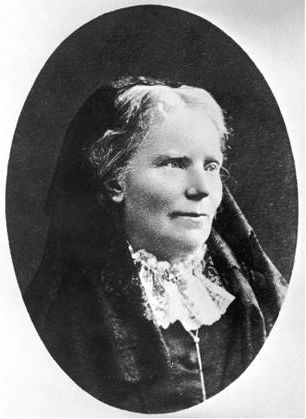Elizabeth Blackwell was born 3 February 1821 and was the first woman to receive a medical degree in the United States (AND her sister Emily was the third woman in the US to get a medical degree). It was the work of Blackwell, and other inspiring and pioneering female physicians, that have allowed the medical profession to now have a nearly 50/50 ratio of males and females in graduating classes from medical school.
So, now fast forward to 2016. What does it mean today to be a woman physician and why is this still important to recognize?
Because women physicians still face inherent sexism and other difficulties in daily practice and in their lives outside of work. Women physicians are expected to seamlessly balance their home and work lives. While this is difficult for both men and women to do, it is still most common for women to take on the majority of child- and home-related duties even when still maintaining their medical practices.
Sexism is still rampant in the medical community, with women physicians often being mistaken for non-physician health providers, and patients sometimes having an inherent distrust for women versus men physicians. Women still earn less than their male counterparts, and there are fewer women in the highest level academic and administrative positions than men.
These are just a few examples of why women physicians should be recognized for their work and perseverance, even hundreds of years after Elizabeth Blackwell paved our way.




